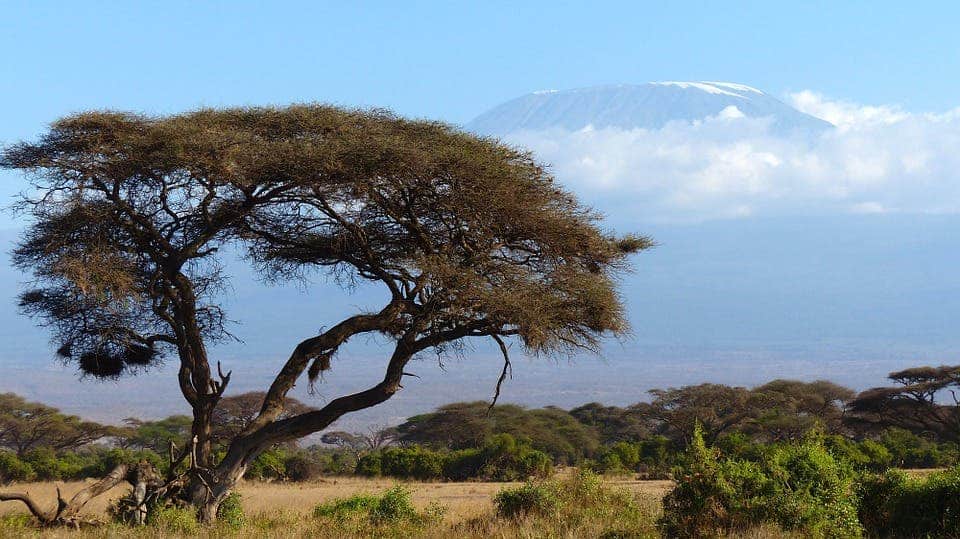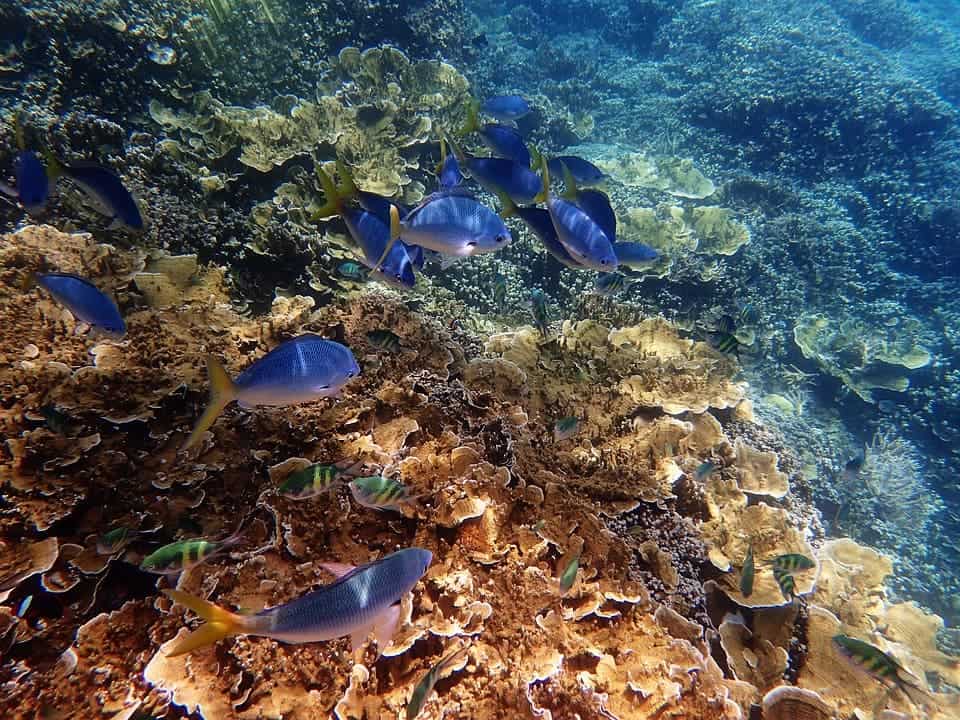A report released by the International Union for Conservation of Nature (IUCN) found that the number of natural World Heritage sites at risk from climate change has nearly doubled in only three years. Researchers now estimate there are 62 vulnerable sites or one in seven listed sites, compared to 35 sites in 2014.

Natural World Heritage sites include some of the most breathtaking places on the planet like coral reefs, glaciers, and wetlands. Among them are the Galapagos Islands in the Pacific Ocean, the central Amazon, the Everglades in the United States, and Australia’ Great Barrier Reef.
“Climate change acts fast and is not sparing the finest treasures of our planet,” said IUCN director general Inger Andersen in a public statement.
Particularly vulnerable to global warming are coral reefs, which are subjected to bleaching, and glaciers. In the last three years, three World Heritage-listed corals — Aldabra Atoll in the Indian Ocean, the Belize Barrier Reef in the Atlantic, and Australia’s Great Barrier Reef — have all experienced significant bleaching events.

According to the report, 29 percent of World Heritage sites faced ‘significant’ climate change threats and seven percent had a ‘critical’ outlook.
There are also some success stories shared in the IUCN report, such as Ivory Coast’s Comoé national park where elephant and chimpanzee populations have recovered significantly. However, such examples are heavily outnumbered by the alarmingly high number of vulnerable nature sites.
“The scale and pace at which it [climate change] is damaging our natural heritage underline the need for urgent and ambitious national commitments and actions to implement the Paris Agreement,” said Andersen.
The disturbing IUCN report was released today at Bonn, Germany, where many scientists, experts, policymakers, and world leaders have gathered to figure out the action plan for the ‘climate-saving’ pact etched in 2015 by nearly 200 countries in Paris. The so-called Paris Agreement aims to limit greenhouse gases so average temperatures won’t jump more than 2 degrees Celsius past those recorded at the beginning of the industrial revolution, ideally no more than 1.5 degrees Celsius. Since the industrial revolution, the globe has warmed by almost one degree Celsius. What’s more worrying for our world’s natural treasures is that the pledges submitted by countries so far put us on course for a 3 degree Celsius warming.






